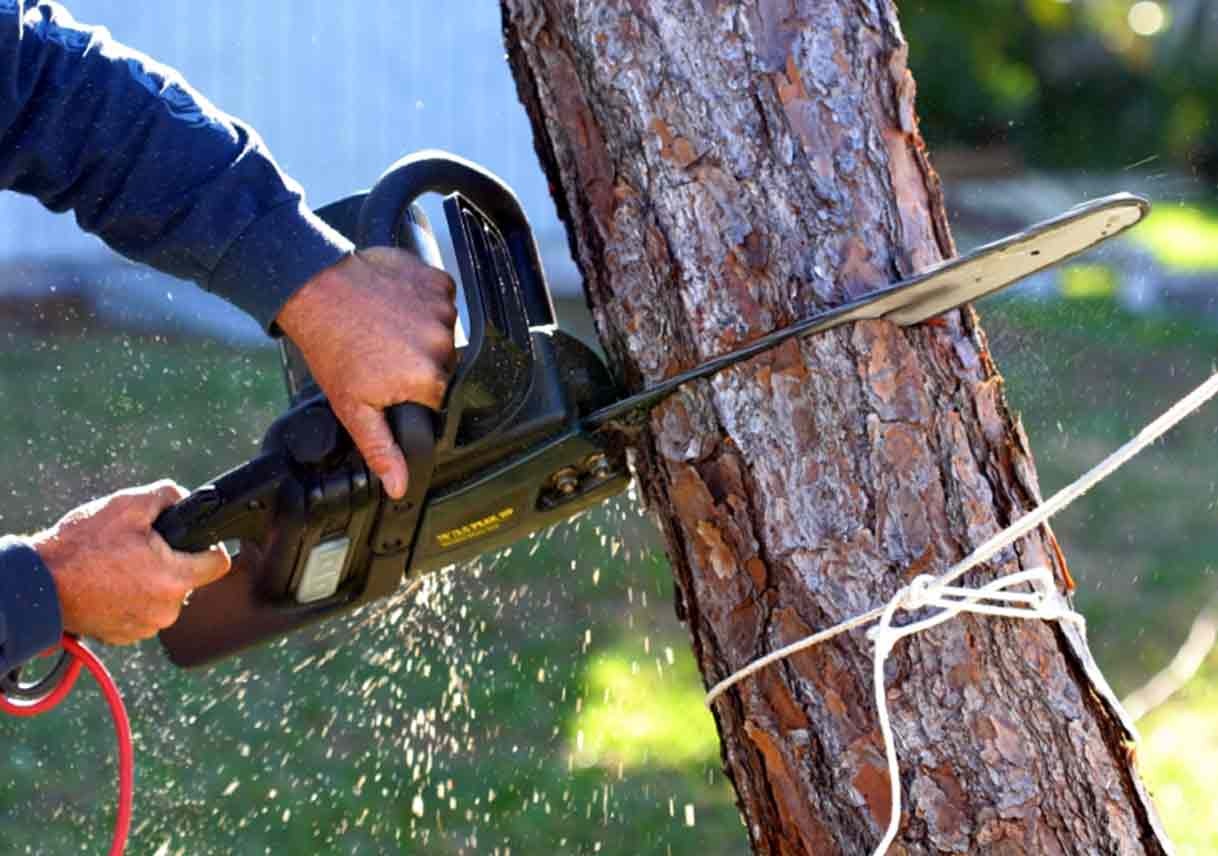Introduction:
Trees, those majestic pillars of nature, hold an indispensable role in our ecosystem. However, circumstances sometimes necessitate their removal. Whether due to safety concerns, urban development, or environmental factors, tree removal is a delicate task that requires precision and care.
Understanding Tree Removal:
- Assessment and Planning: Before any tree is felled, a thorough assessment is crucial. Arborists evaluate the tree’s health, structural integrity, and proximity to buildings or power lines. Planning involves determining the safest method of removal while minimizing environmental impact.
- Safety First: Tree removal is inherently hazardous. Skilled professionals equipped with proper safety gear and tools ensure the process is carried out safely, protecting both workers and property.
- Environmental Considerations: Trees play a vital role in air purification, soil stabilization, and wildlife habitat. Removing a tree requires careful consideration of its ecological impact and often involves replanting or compensatory measures.
Reasons for Tree Removal:
- Safety Hazards: Diseased, damaged, or leaning trees pose a significant risk to property and human safety, especially during storms or high winds. Removal may be necessary to prevent accidents or property damage.
- Disease or Infestation: Trees afflicted by diseases or infestations can spread pathogens to neighboring trees, jeopardizing entire ecosystems. Removing infected trees can mitigate the spread and protect the health of surrounding flora.
- Construction and Development: Urban expansion often necessitates clearing land for construction projects or infrastructure development. While this may involve sacrificing some trees, responsible planning can minimize environmental impact and preserve green spaces.
- Aesthetic or Space Considerations: In urban settings, trees may need removal to enhance aesthetics, improve visibility, or create space for new landscaping features. However, this should be done judiciously, considering the overall impact on the environment and ecosystem services.
Methods of Tree Removal:
- Felling: The traditional method involves cutting down the tree in one piece, directing its fall using strategic cuts and ropes. This method requires ample space and is suitable for open areas with minimal obstacles.
- Sectional Dismantling: In confined spaces or near structures, trees are dismantled in sections using ropes, pulleys, and specialized equipment. This method ensures precise control over each piece’s descent, minimizing risks to nearby structures.
- Stump Removal: After felling a tree, the stump remains, posing tripping hazards and impeding landscaping efforts. Stump removal techniques include grinding, excavation, or chemical treatments, depending on the stump’s size and location.
Environmental Impact and Conservation:
- Reforestation Efforts: To offset the loss of trees, reforestation initiatives play a crucial role. Planting native tree species helps restore biodiversity, mitigate climate change, and preserve ecosystem services.
- Habitat Preservation: While tree removal may be necessary in certain situations, preserving existing habitats and green spaces is paramount. Conservation efforts aim to balance development with environmental stewardship, protecting vital ecosystems for future generations.
- Community Engagement: Engaging local communities in tree management practices fosters a sense of ownership and environmental responsibility. Public awareness campaigns promote the importance of trees and encourage sustainable practices.
Conclusion:
Tree removal is a complex process that requires careful planning, skilled execution, and environmental stewardship. By prioritizing safety, minimizing ecological impact, and fostering community engagement, we can ensure that tree removal efforts safeguard both human interests and the integrity of our natural world. Let us approach tree removal not as the end of a story, but as the beginning of a new chapter in environmental conservation and sustainable stewardship.











